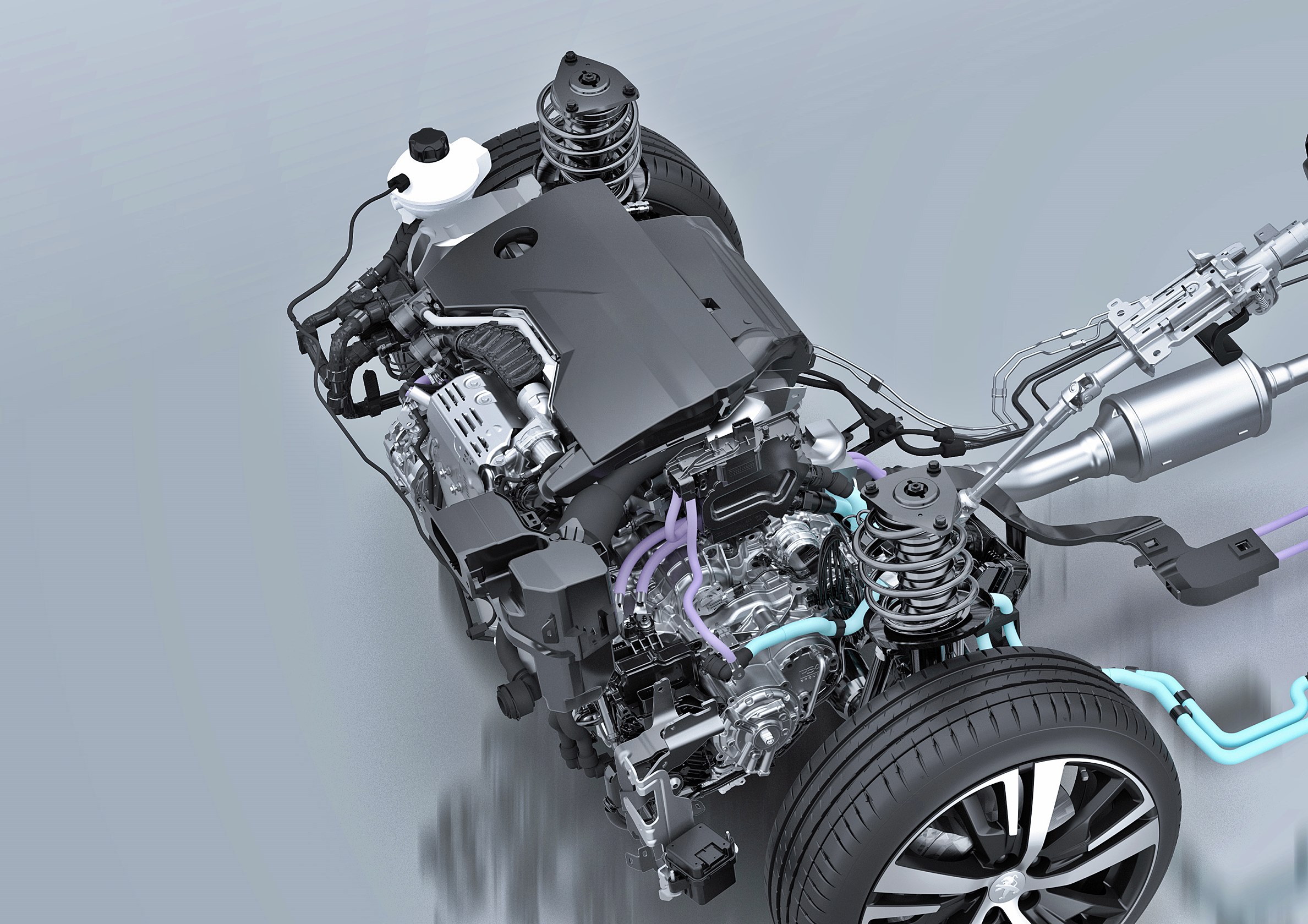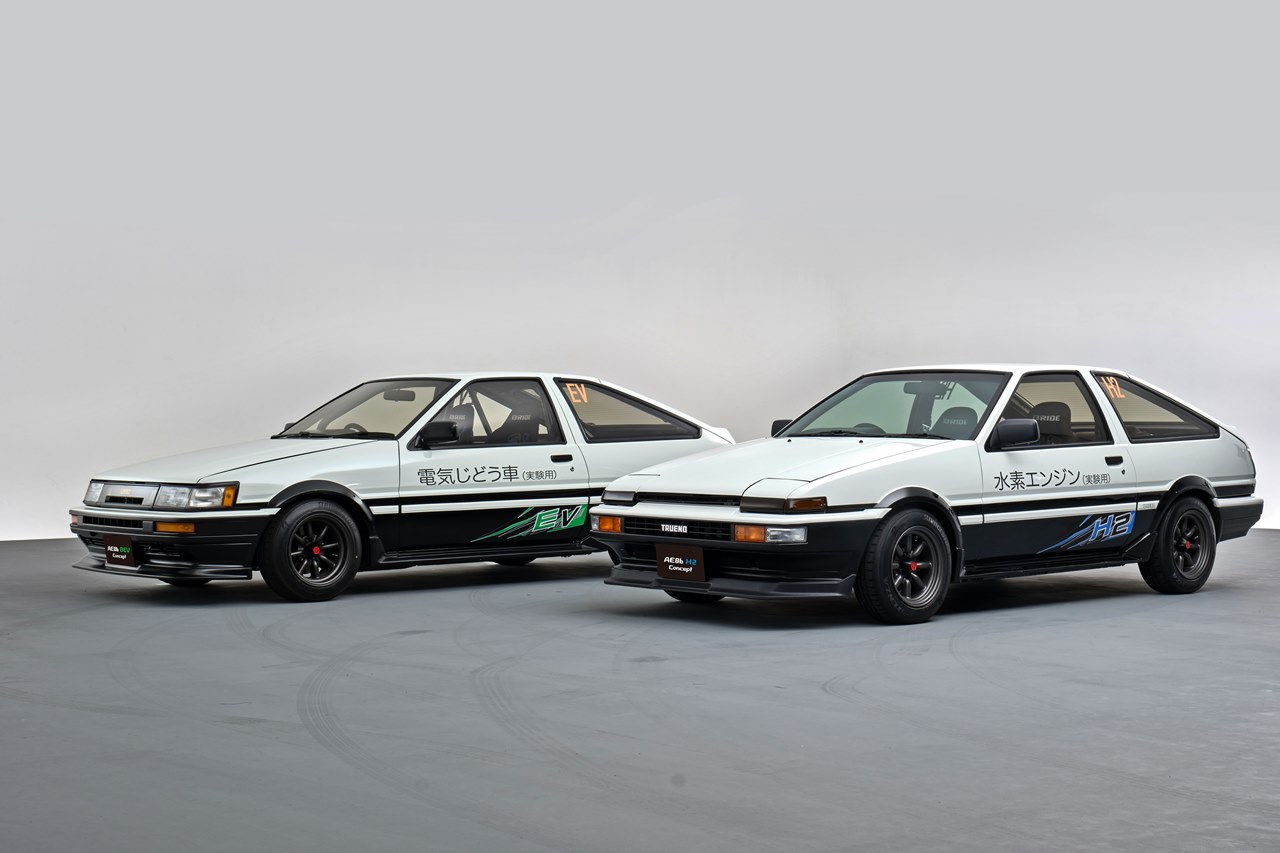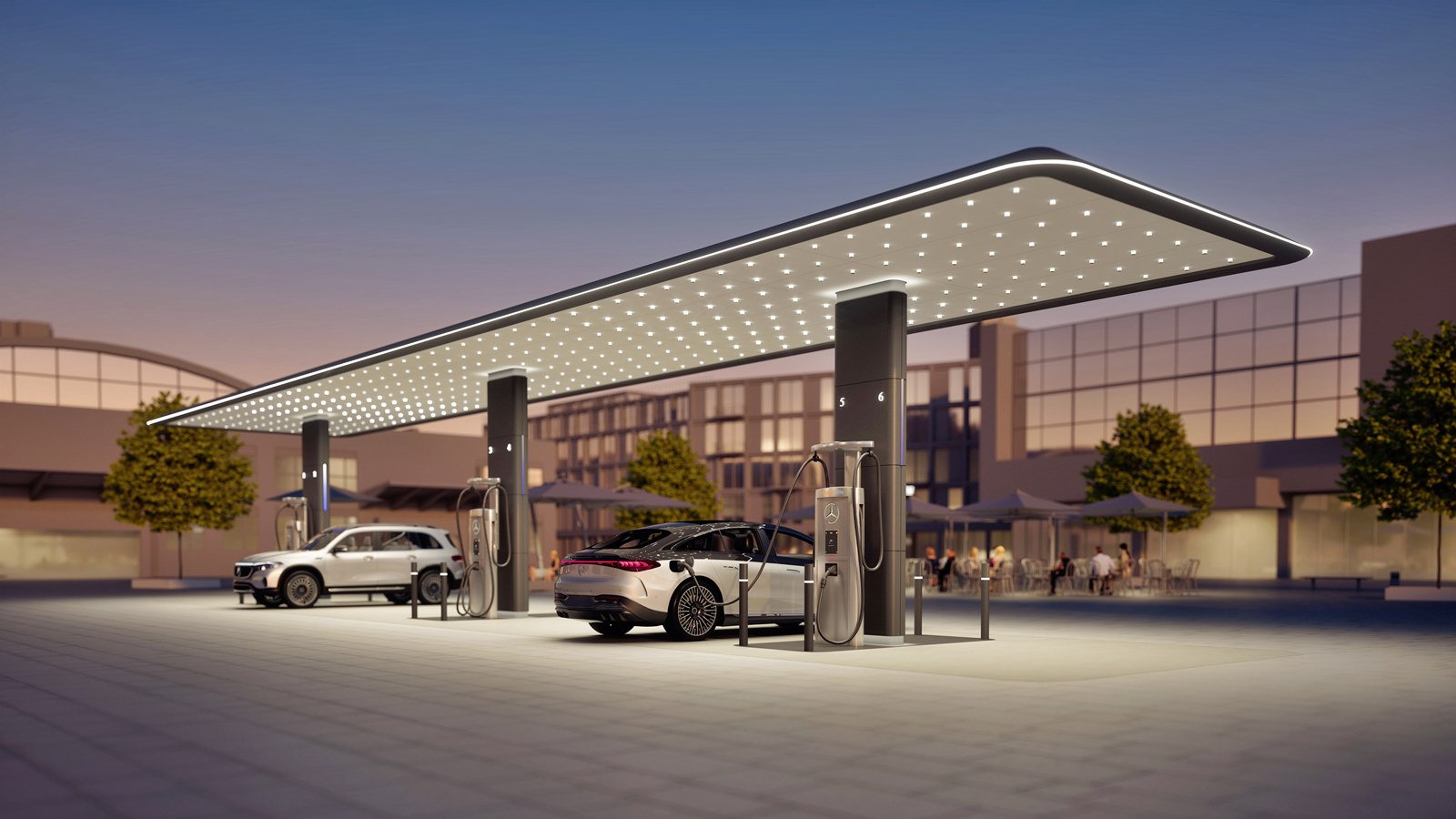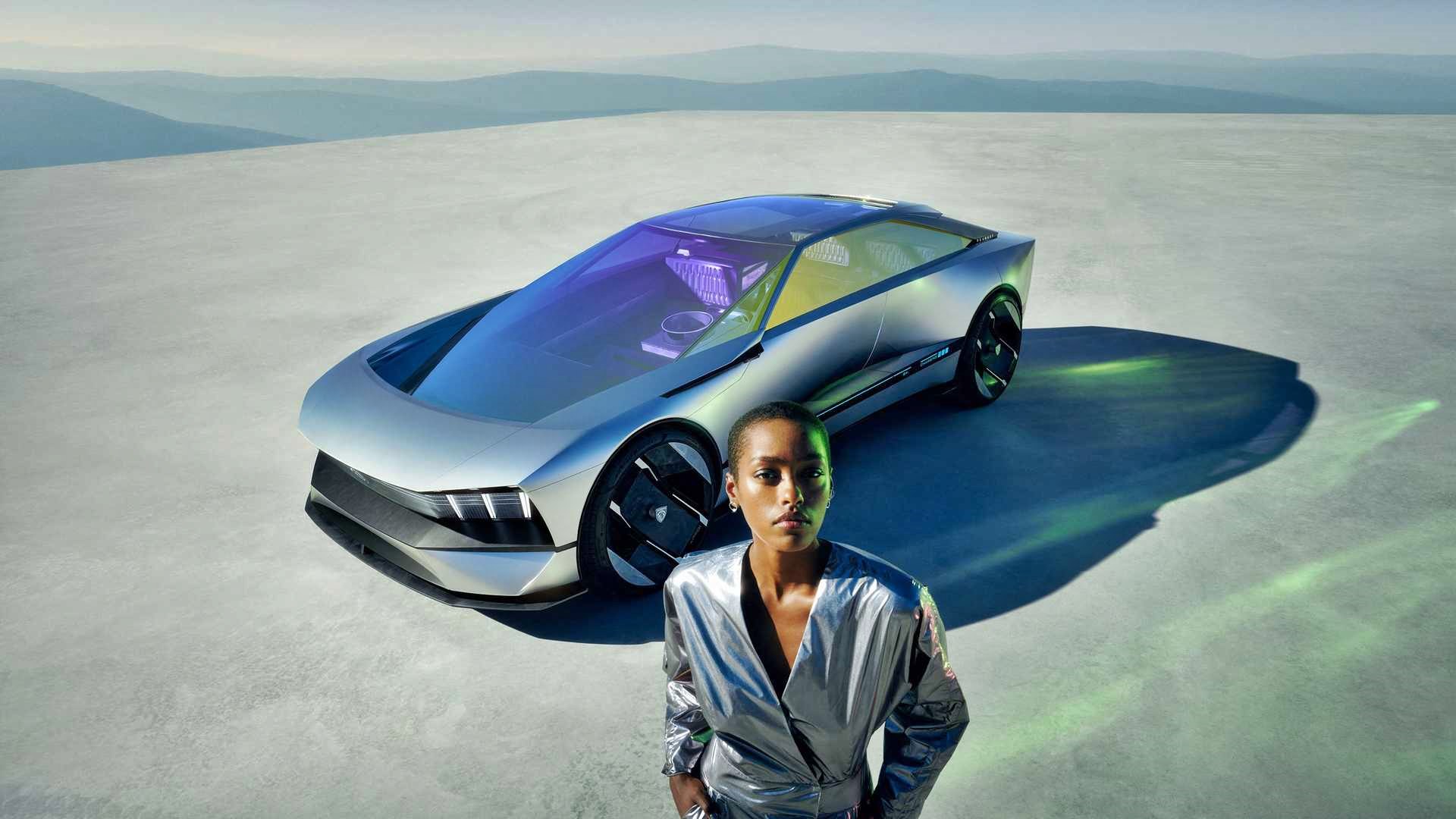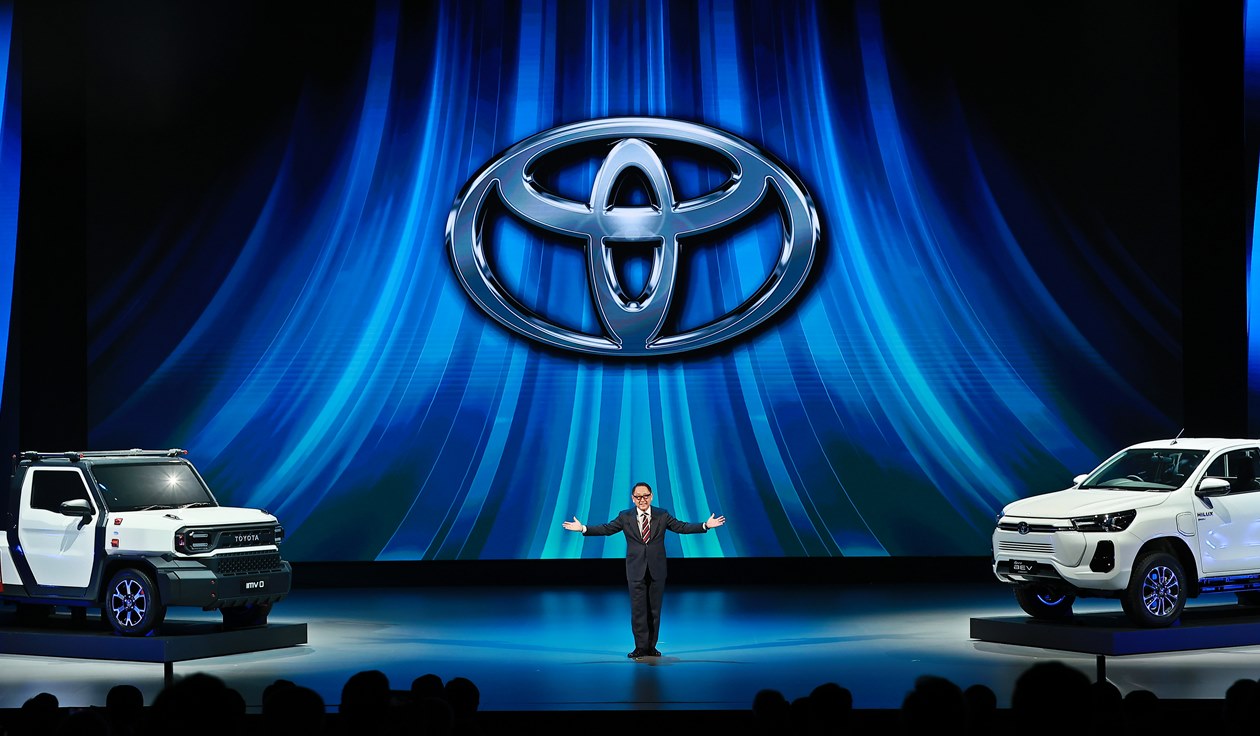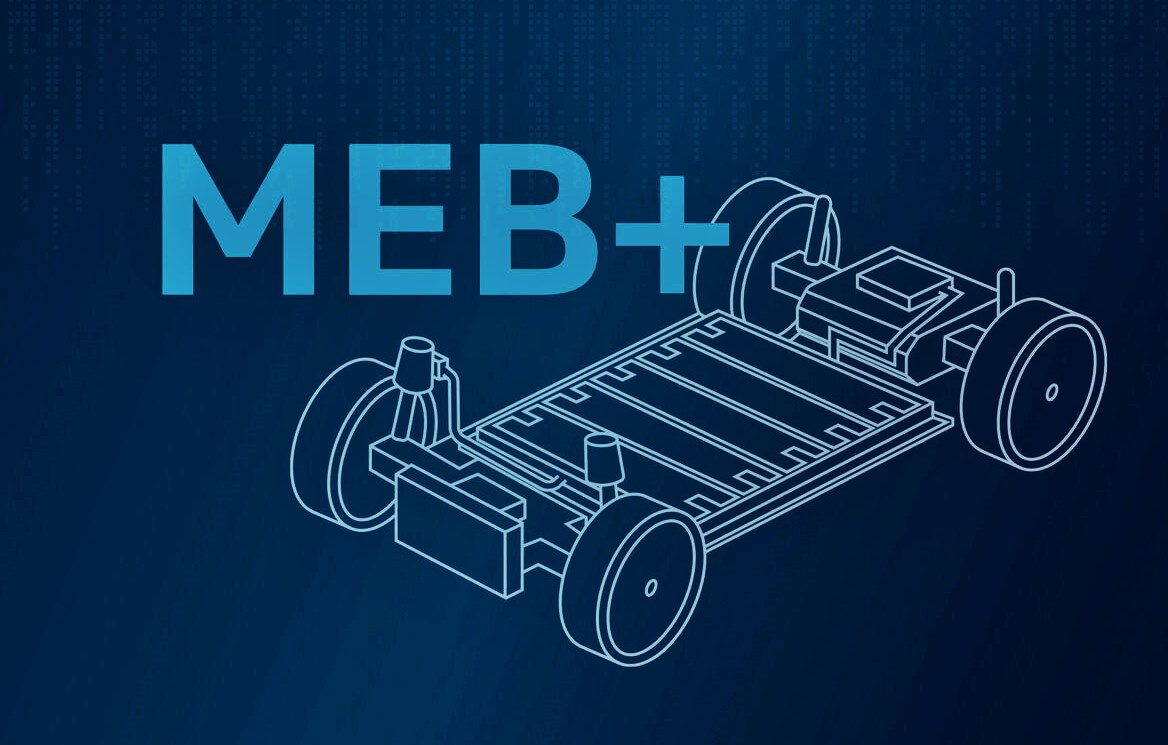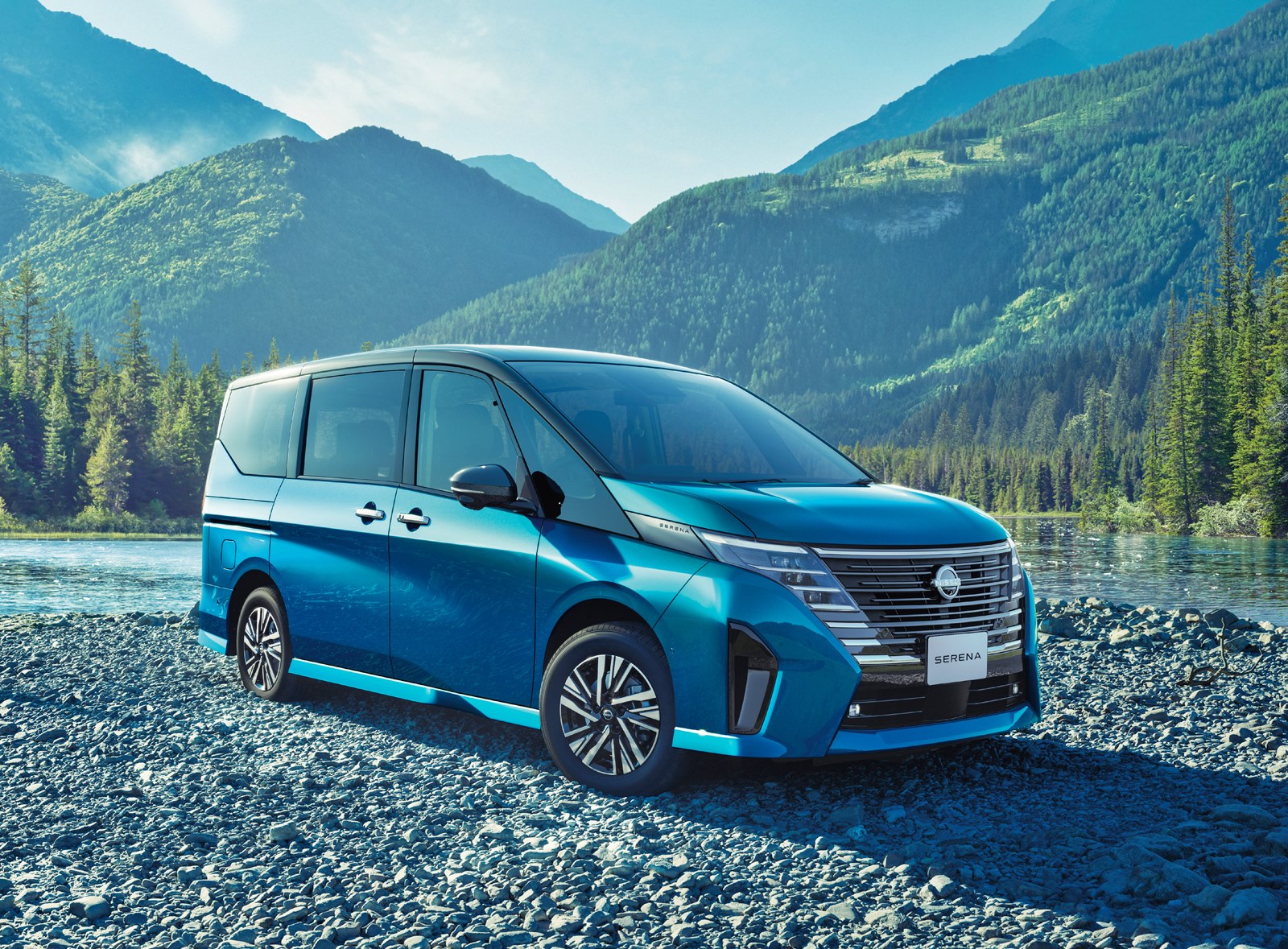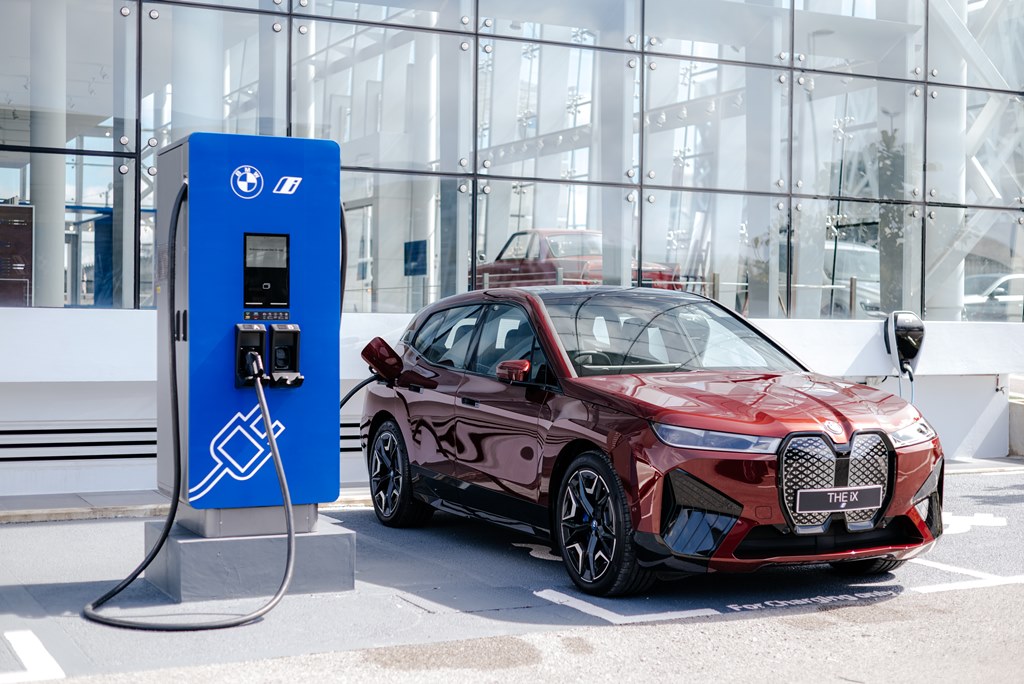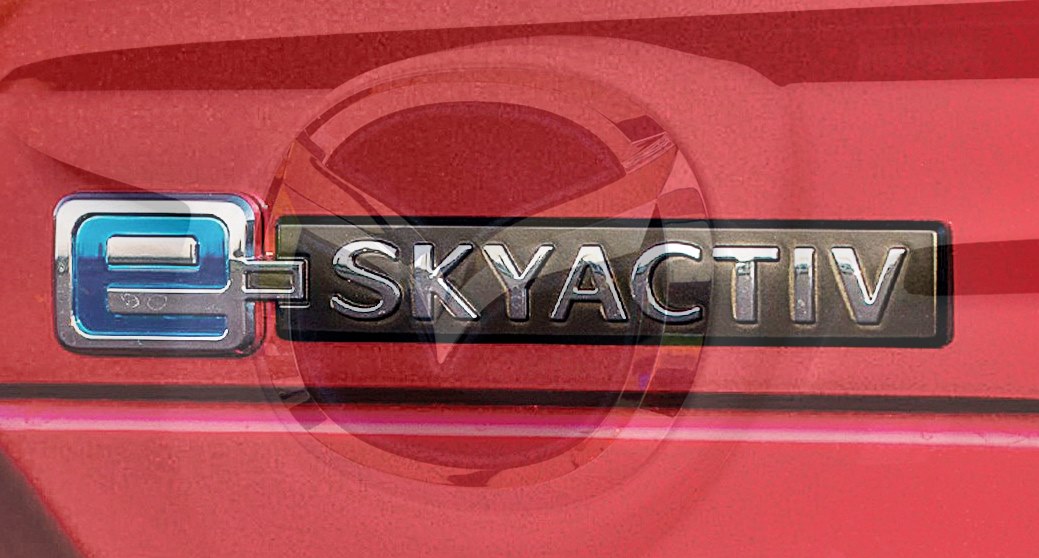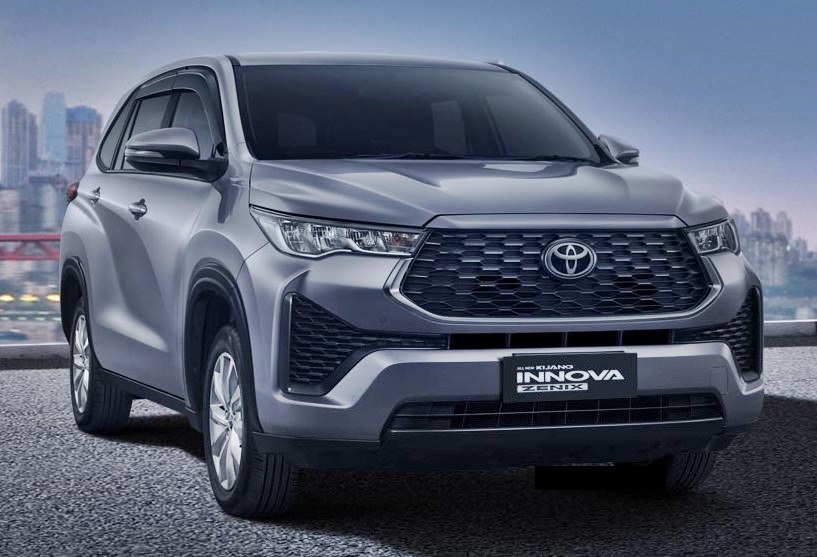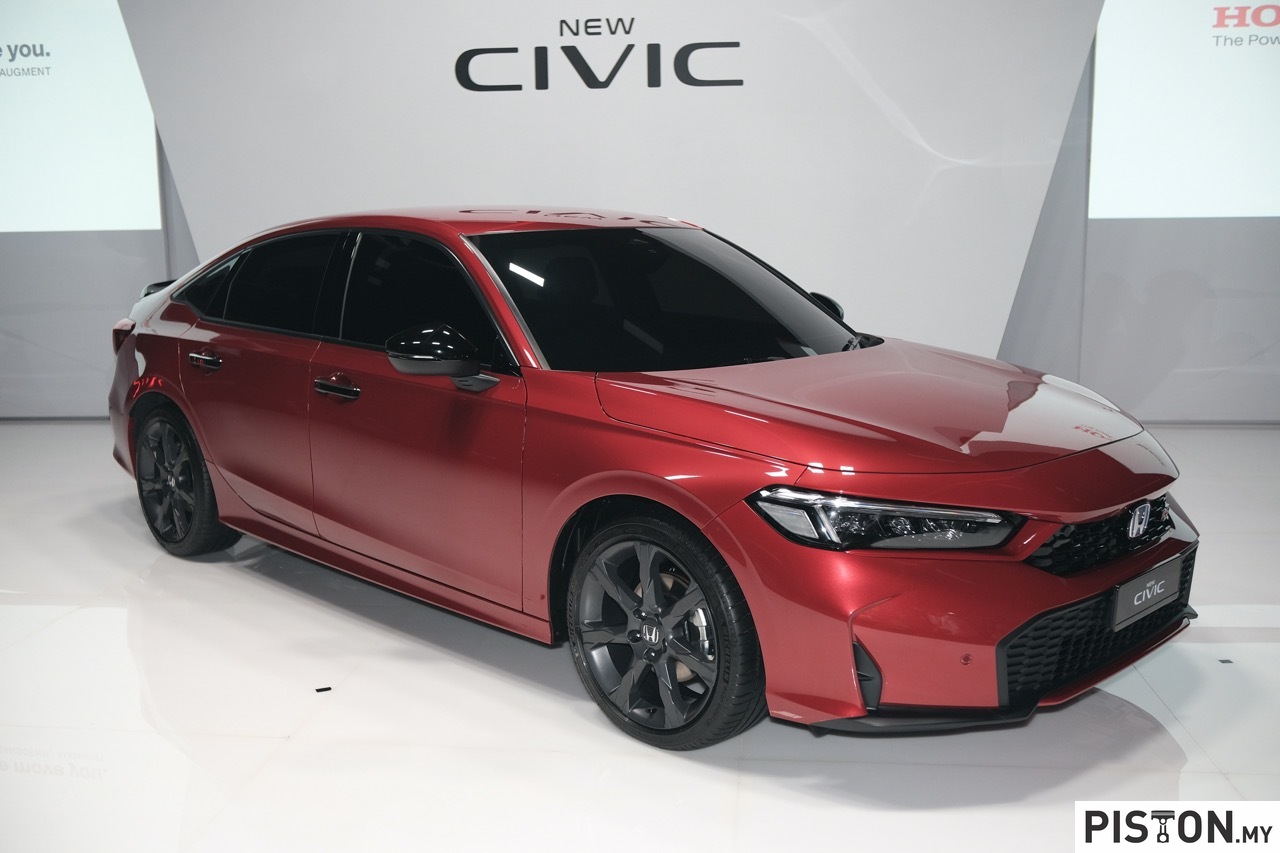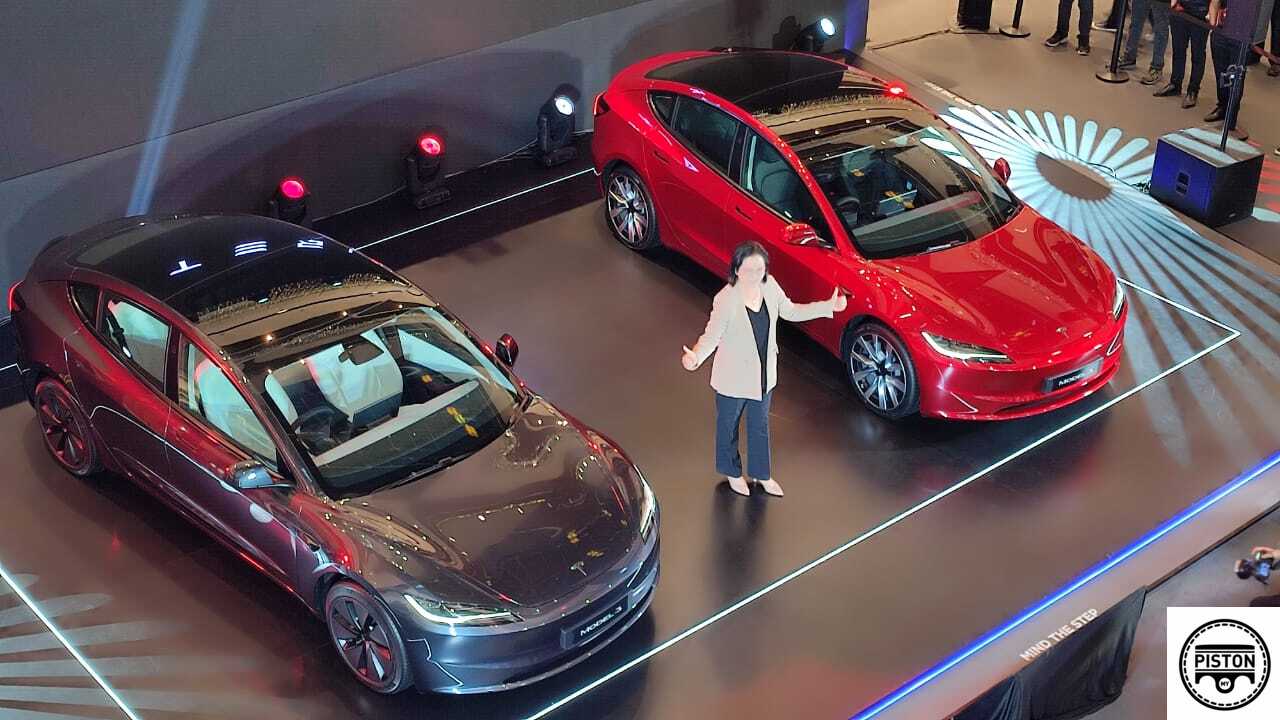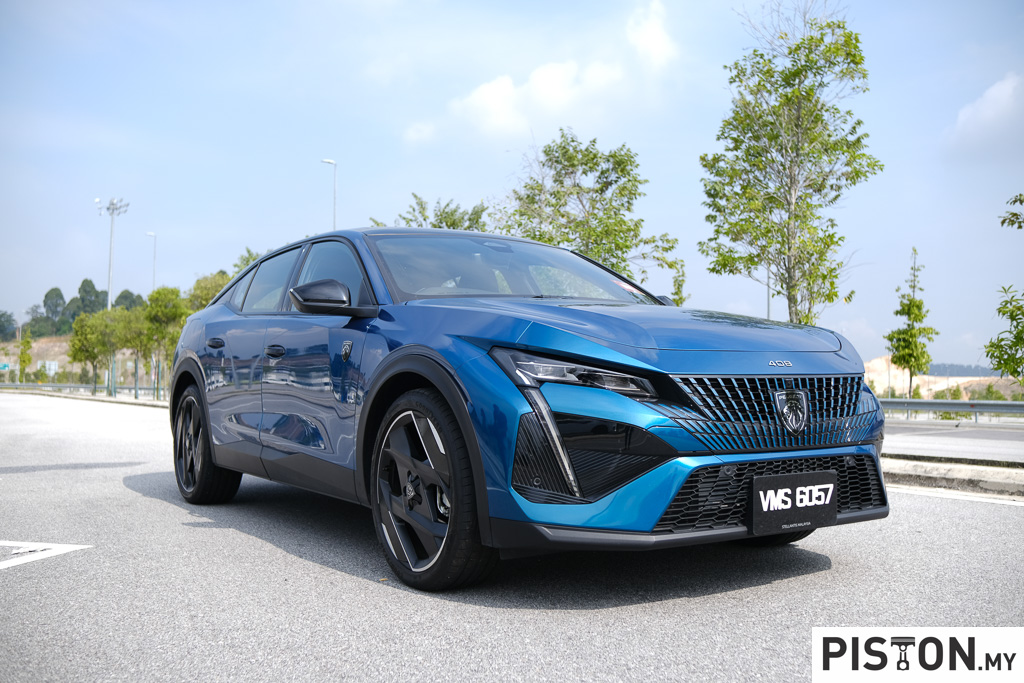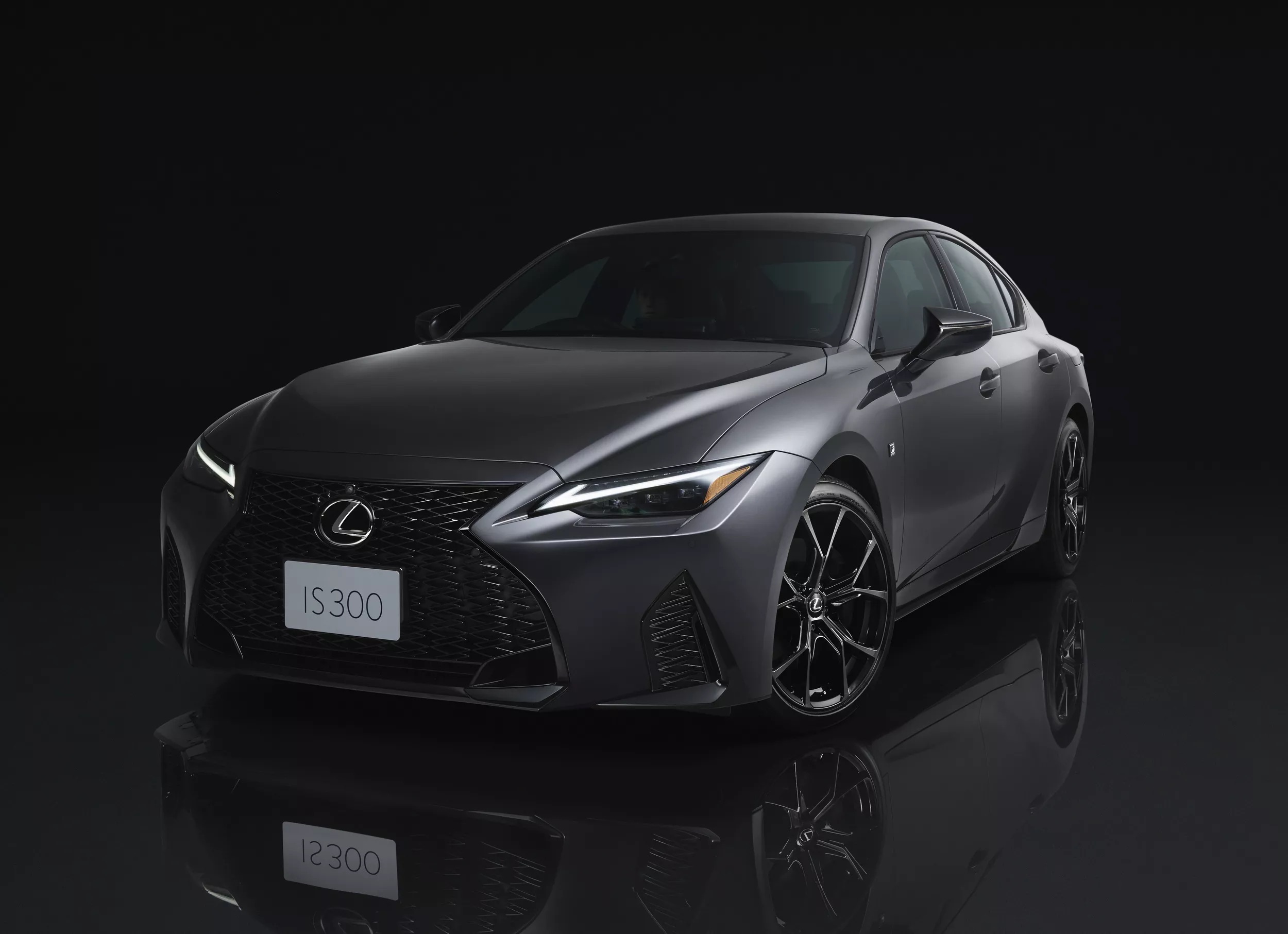‘Electrification’ is a term that the auto industry has been using a lot of in recent years. Basically, it is a transition that will see internal combustion engines being replaced by electric motors. That transition began a few years ago with commitments by some to sell only ‘electrified’ vehicles by the end of this decade.
However, the transition will not see the switch to only electric motors occurring so fast. In the coming years, there will also be another partial electrification with hybrid powertrains which still use a combustion engine but with an electric motor also helping. The technology for this has been in mass production models since the late 1990s when Toyota introduced the Prius and is less costly than fully electric powertrains at this time.
Models with hybrid powertrains can therefore be offered at lower prices, making them more widely adopted and achieving at least partial reductions in CO2 emissions. To wait for everyone to use a fully electric car will take time as economic circumstances in many regions may not make it possible for people to buy electric cars.
(more…)



